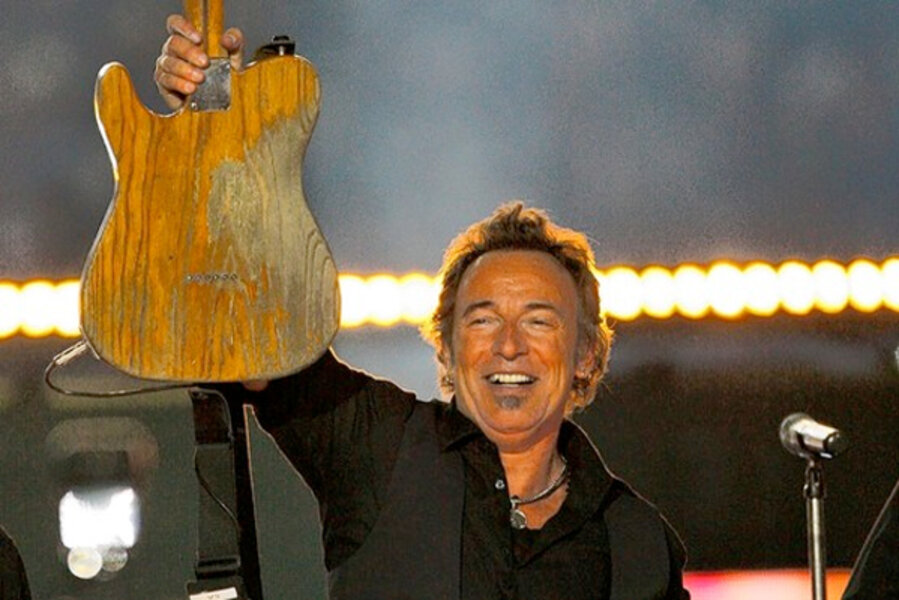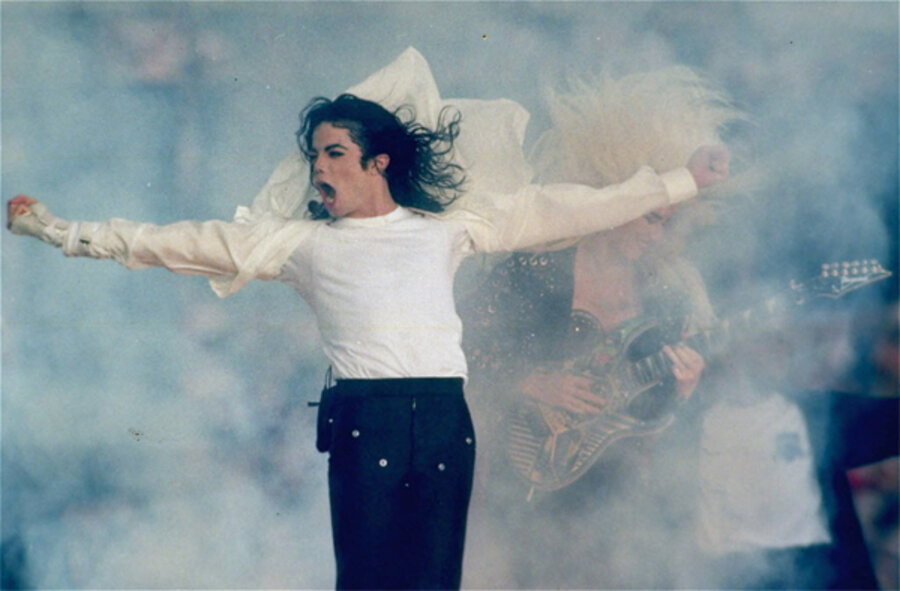The singer performing as the halftime act caused audience numbers to go up during the show itself (the first time that had ever happened during the Super Bowl), causing Jackson's act to be often cited as the reason the Super Bowl tries to book big musical acts for the halftime show rather than the marching bands of yore.
When Jackson first appeared on the stage amid a flash of smoke, he stood dramatically silent and immobile for a full 1.5 minutes while many of the 98,000 at the Rose Bowl Stadium cheered.
During his performance, a chorus of more than 3,000 children from Los Angeles performed "We Are The World," and footage of Jackson being involved in charities was screened. Jackson sang "Billie Jean," "Black or White" and "Jam."
Arlen Kantarian, chief executive of halftime show producers Radio City Productions, remembered how Jackson was struck by the idea of the viewers who would be watching in other countries.
“He said, ‘Man, I’ll never tour there,’ ” Kantarian recalled in an article with the New York Times which detailed how Jackson's performance forever changed the halftime show. “We talked to him about the blue-collar football fan that might not otherwise be a Michael Jackson fan and about how he could build a new fan base. He got that as well.”
Bleacher Report writer Gordon Block ranked Jackson’s show as the best halftime show ever.
“Super Bowl XXVII is the standard for all Super Bowl halftime shows, as the league called in the star power of Michael Jackson to keep audiences tuned in to the game,” Block wrote. “Jackson did not disappoint… Since that 1993 show, the halftime performance has become a huge part of the game and made the game much bigger than the sport of football. It's a cultural event and one that is almost impossible to miss.”








